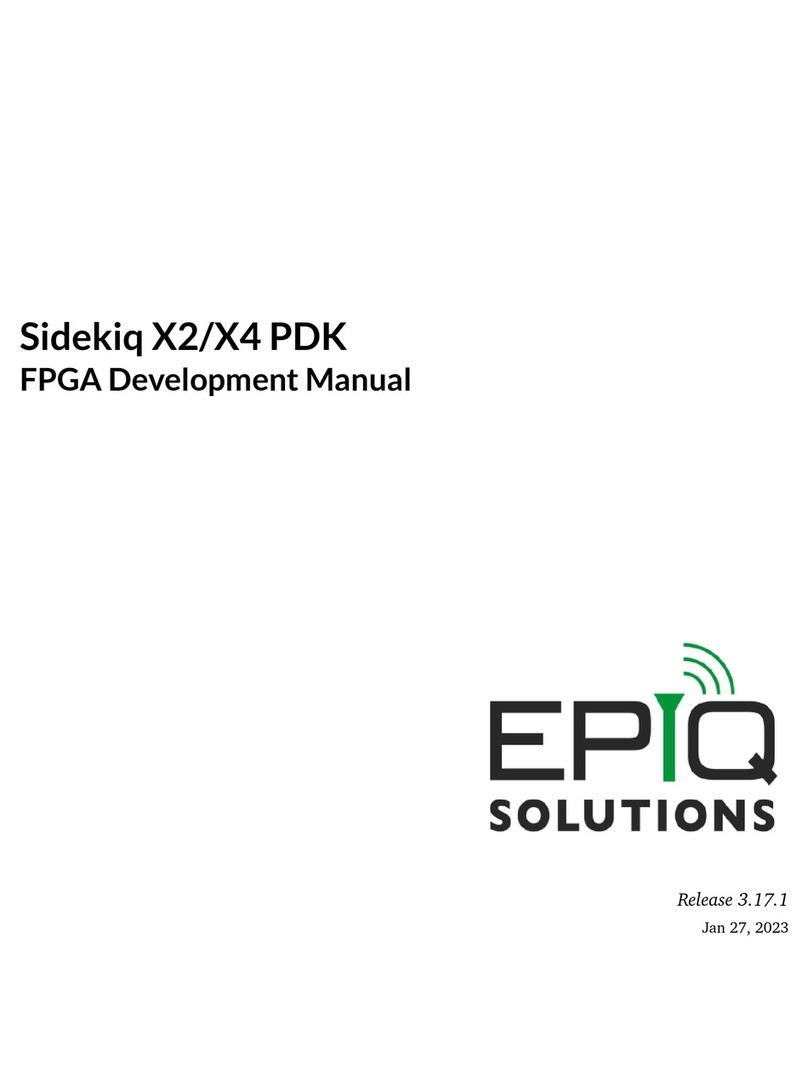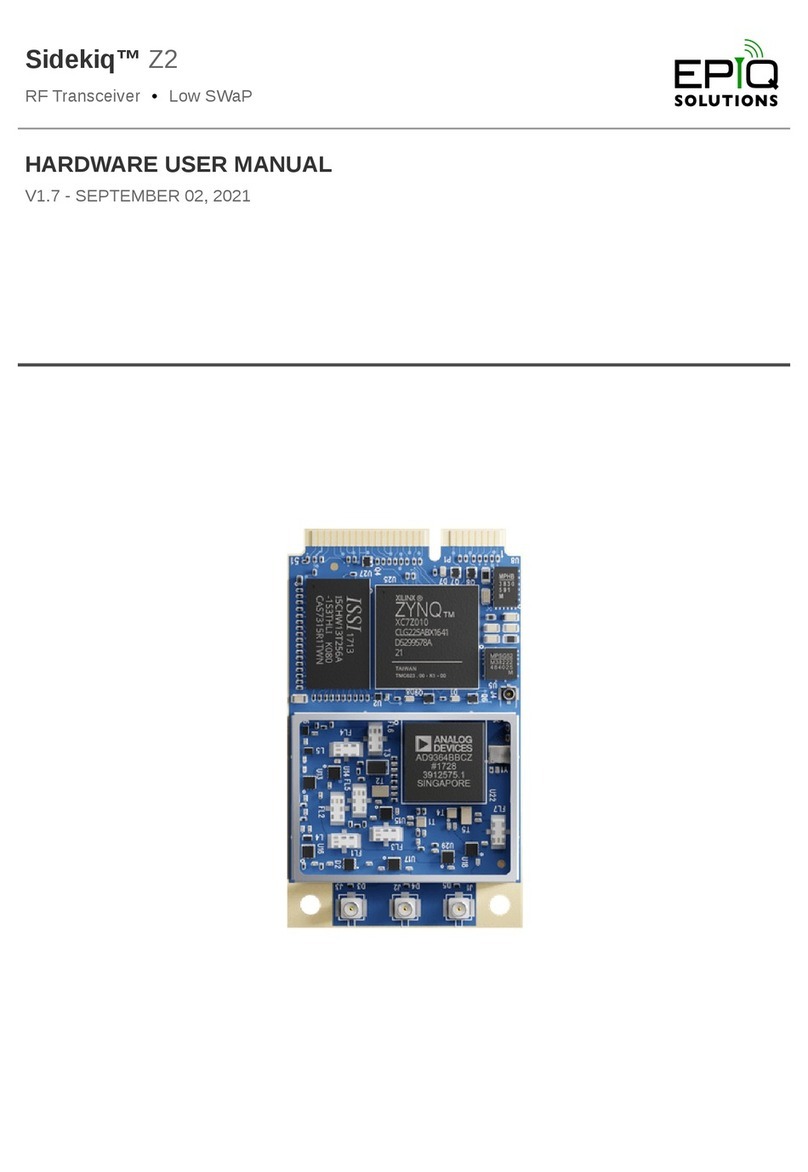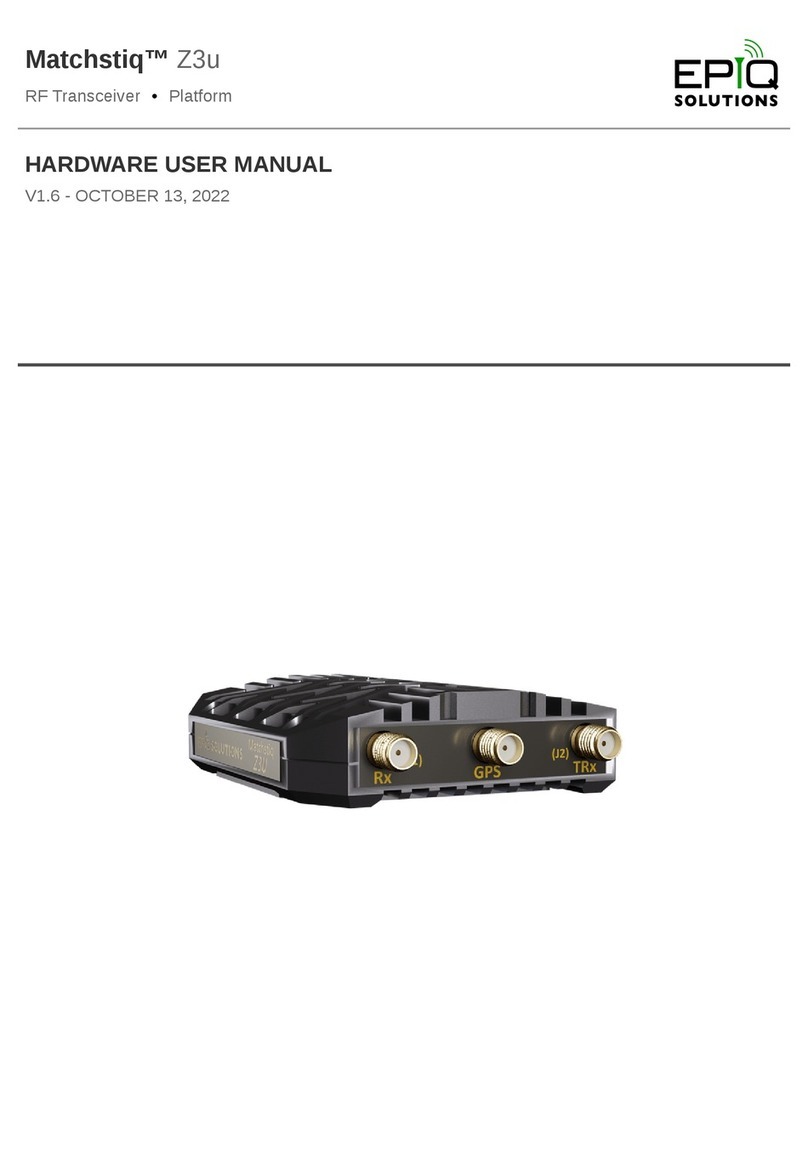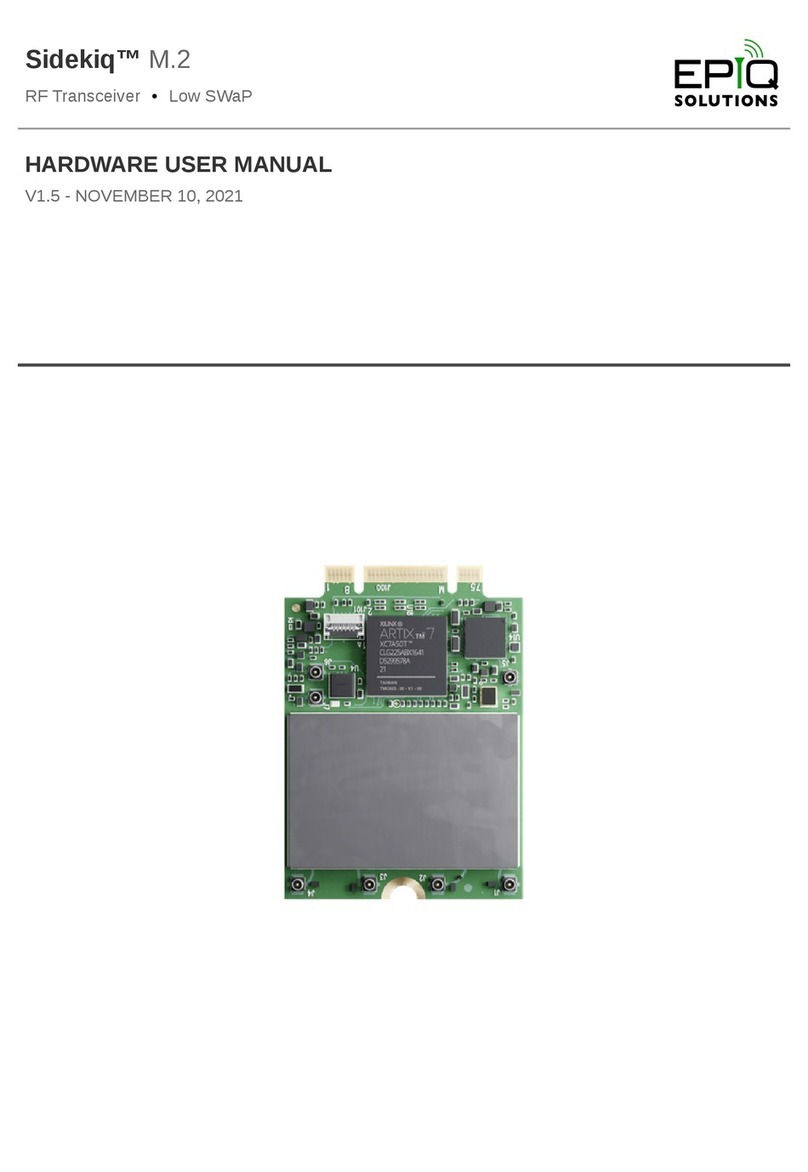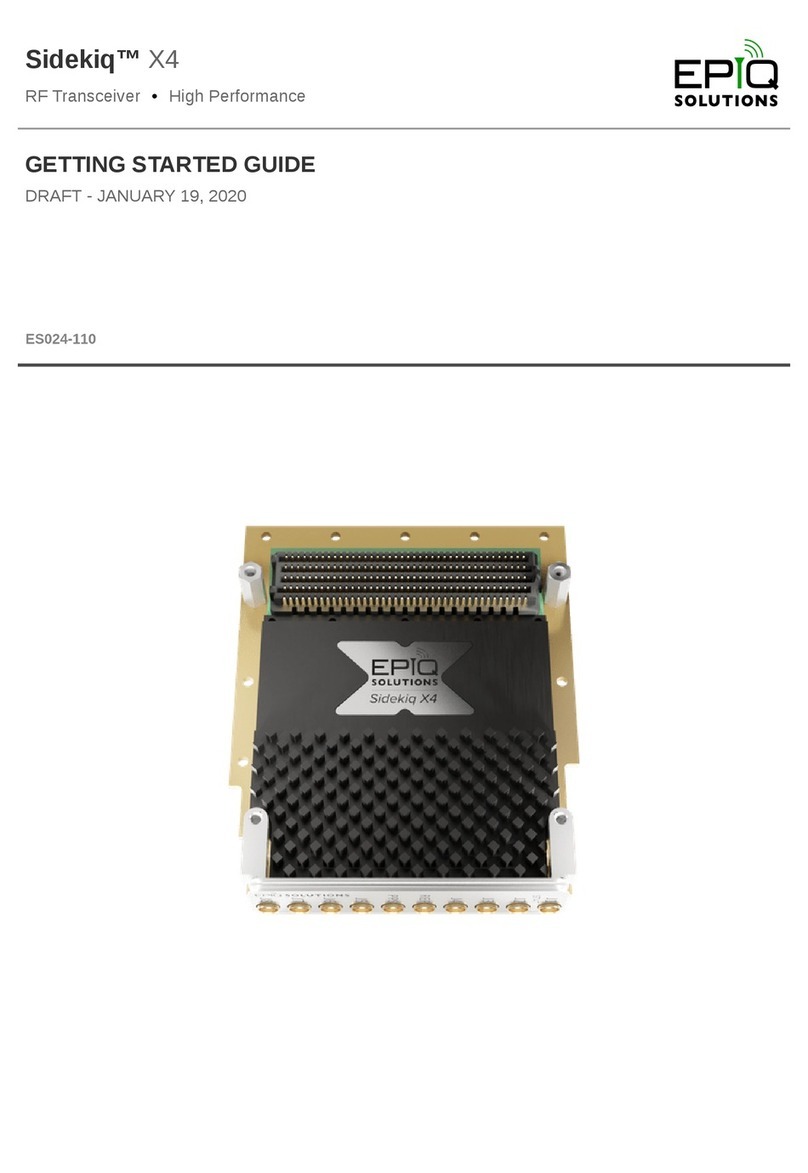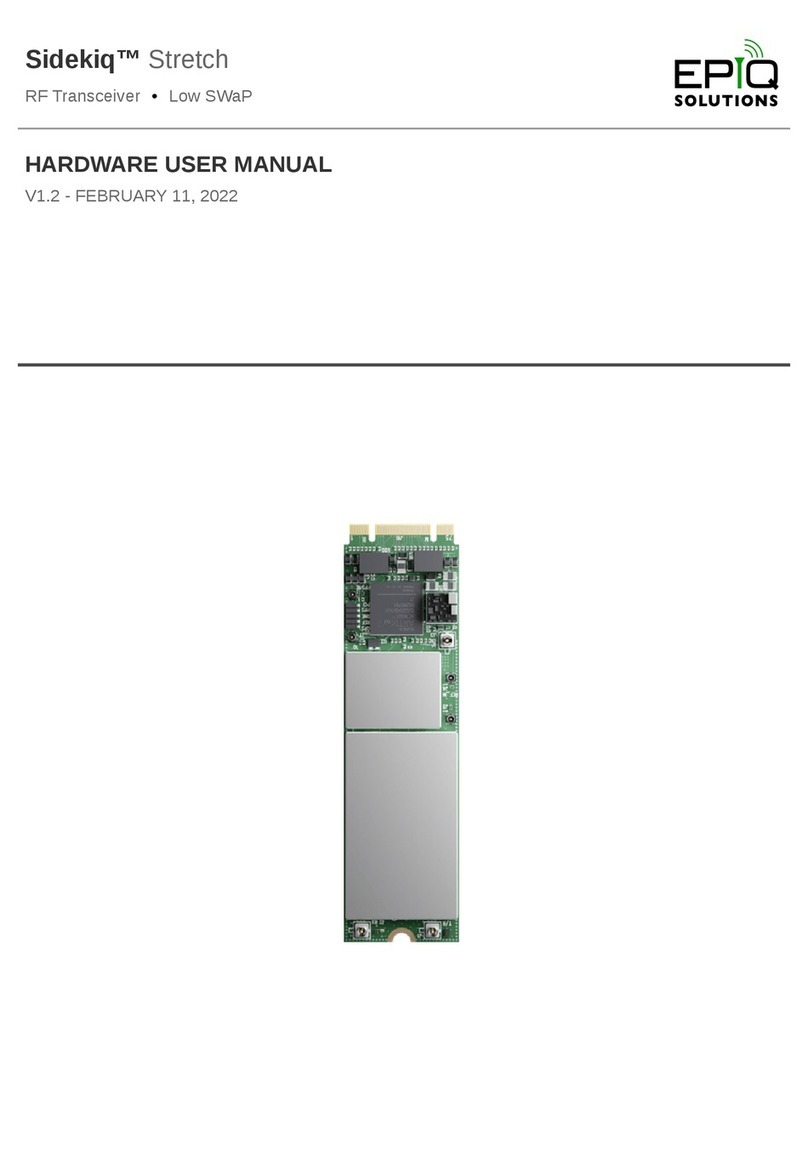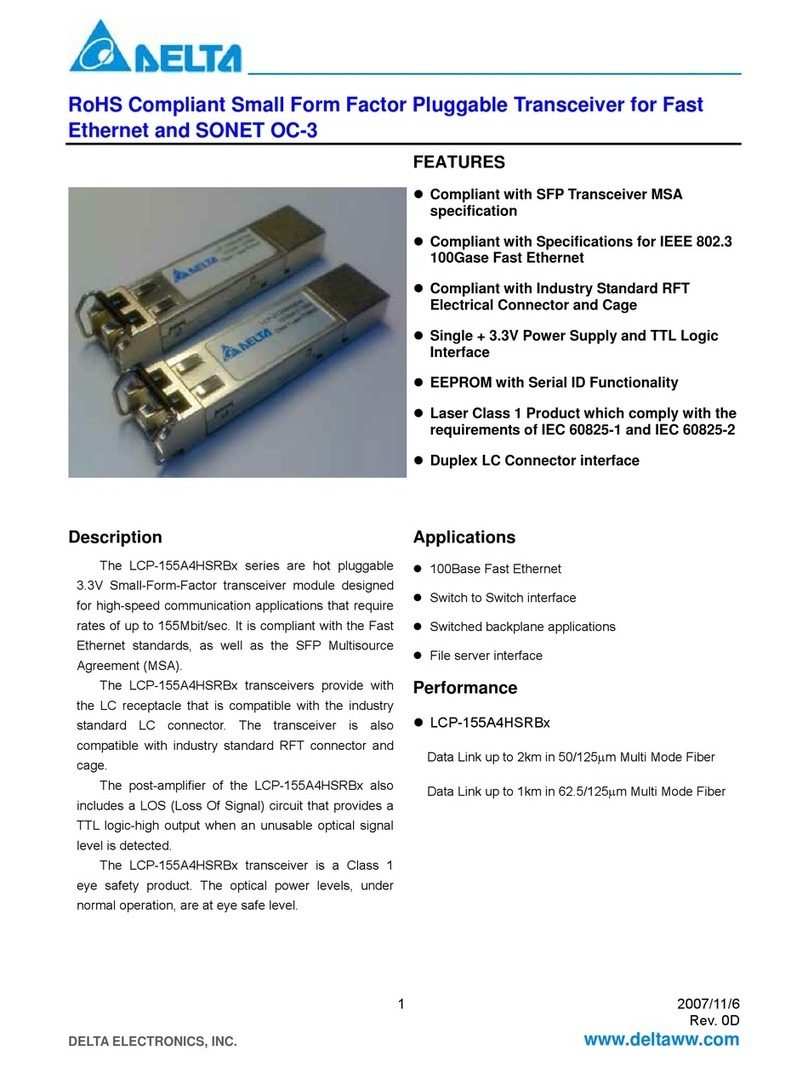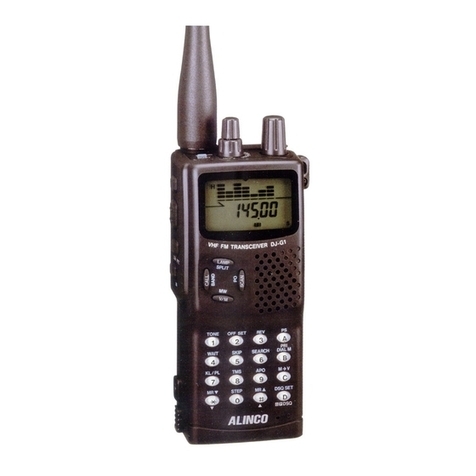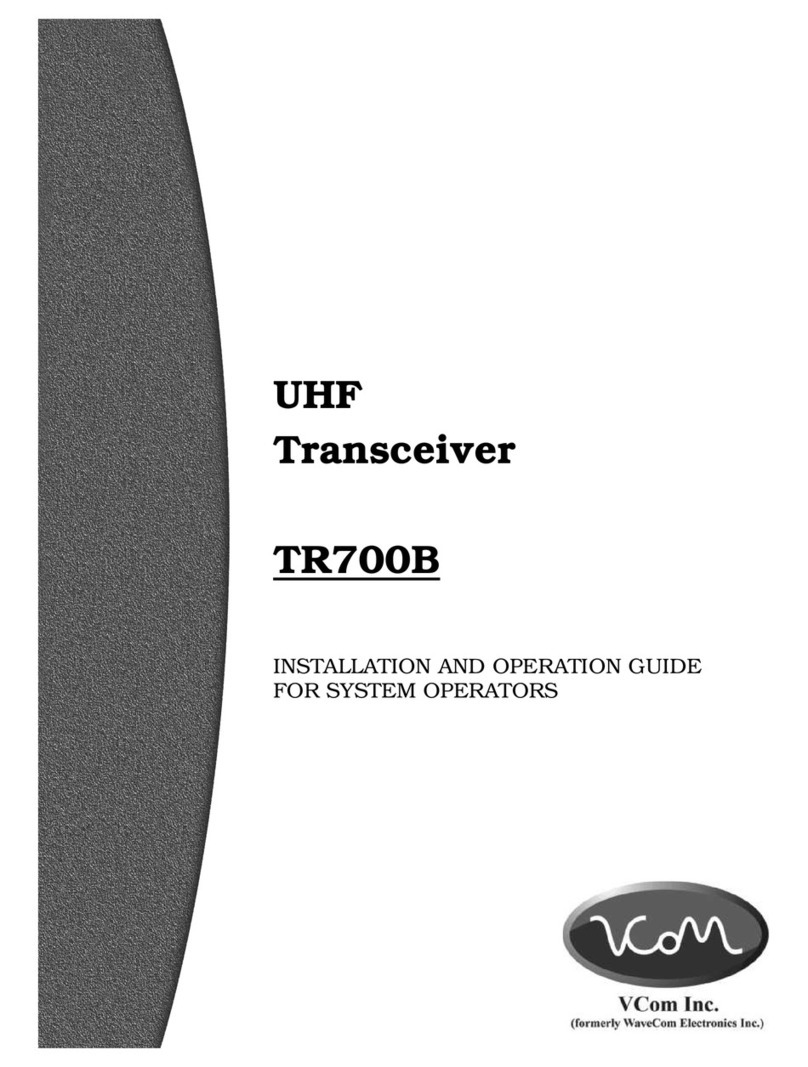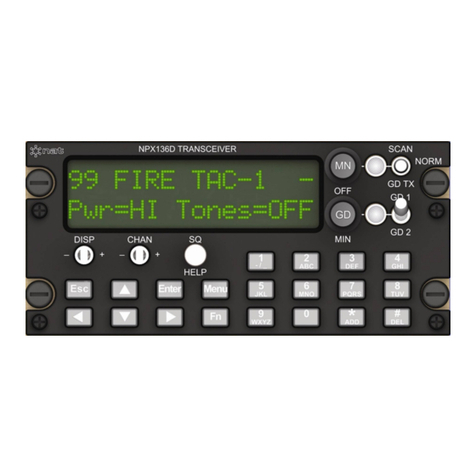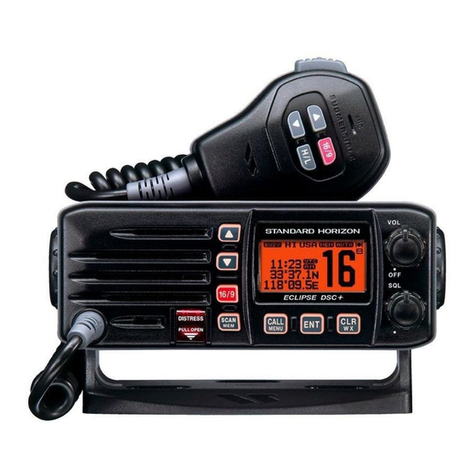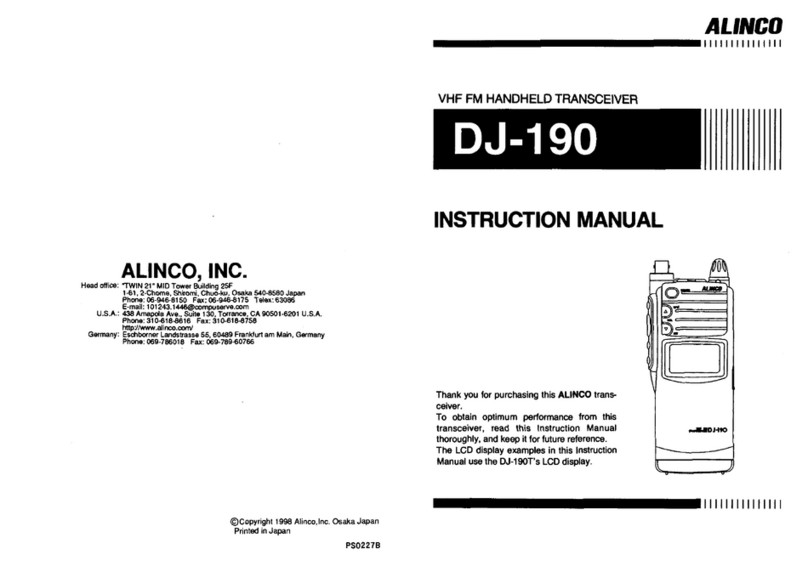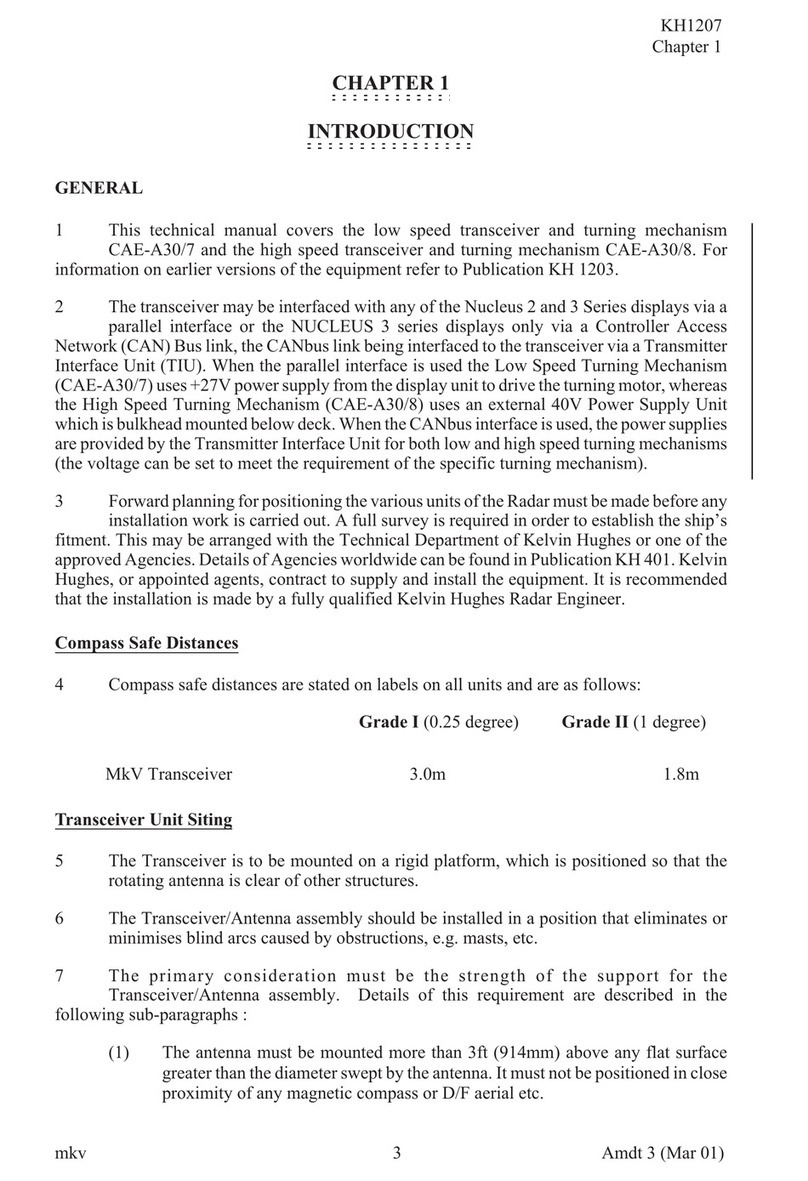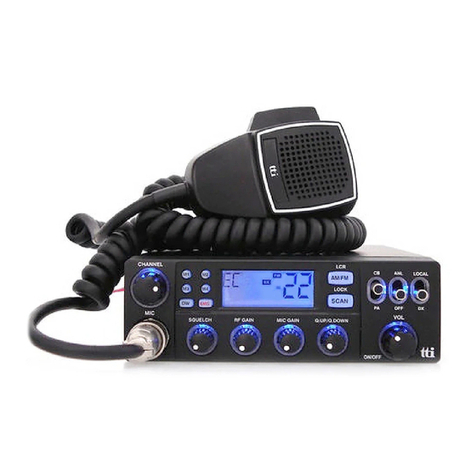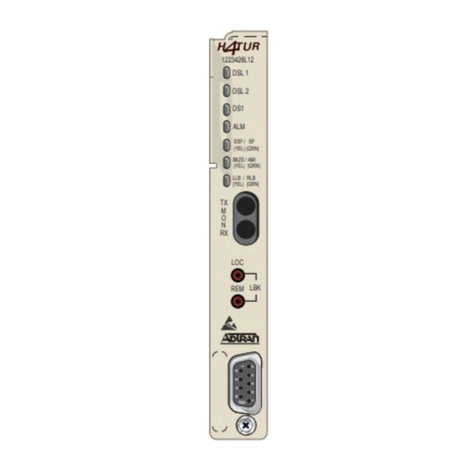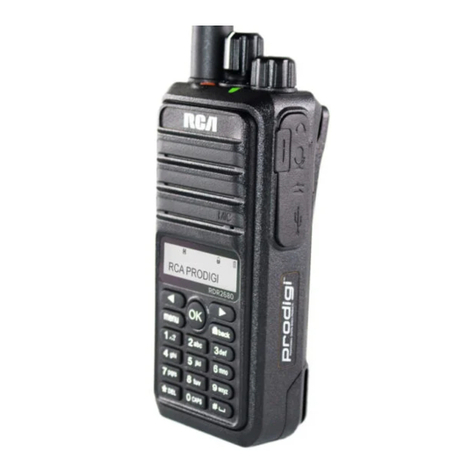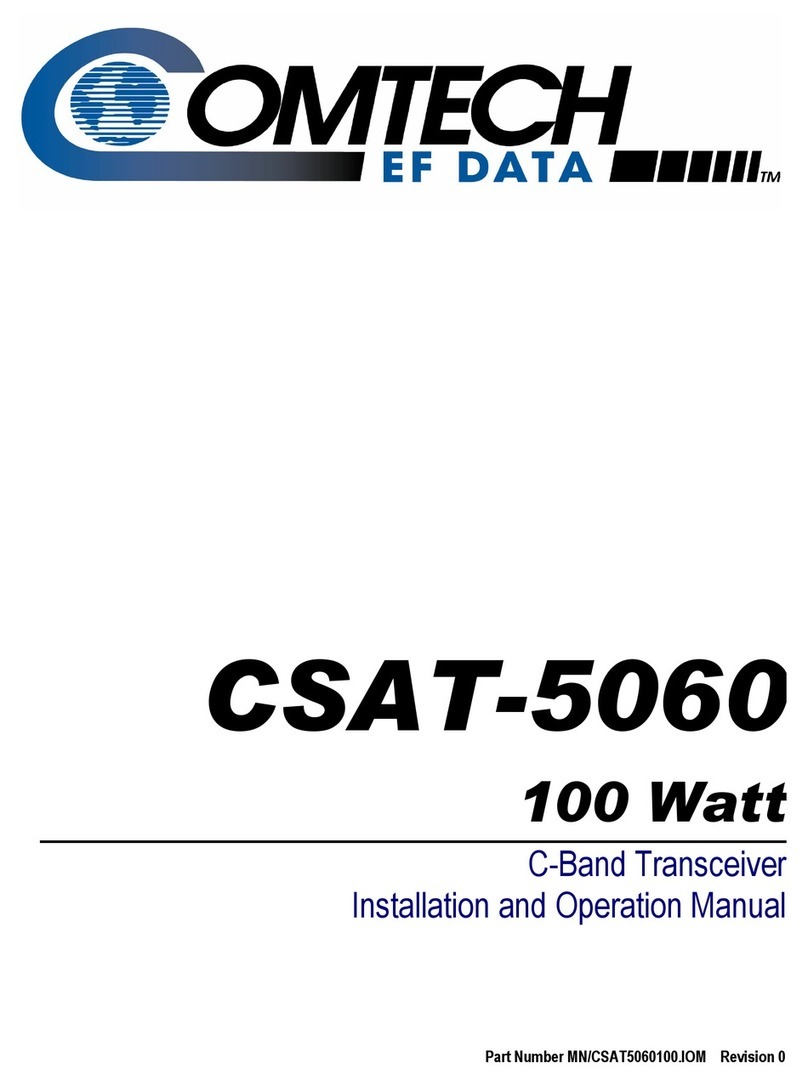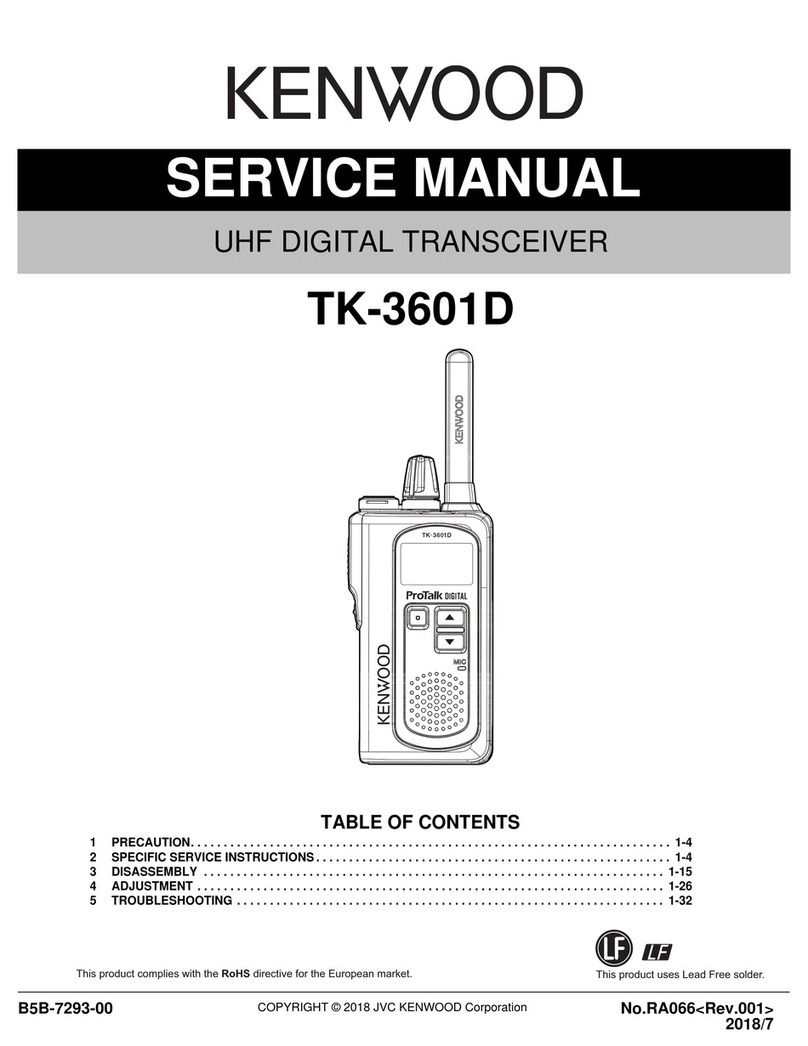Sidekiq™ Mini PCIe | Hardware User Manual Hardware Interfaces
Epiq Solutions Proprietary Page 19
maximum of 3.3V can be safely applied to this input port. This 1PPS input is optional. Note: Since
this signal is routed directly into the on-board FPGA, it is possible to also use this signal as a general
purpose input. Contact Epiq Solutions for details of alternate usage of this port.
The External Reference Clock Input interface is a W.FL jack connector that allows an external 40
MHz reference clock to be brought in to Sidekiq and utilized instead of the default on-board 40 MHz
TCVCXO. This provides the facility to have multiple Sidekiq cards share a common external 40 MHz
reference clock. Note: On RevB Sidekiq cards, a hardware modification (resistor swap) is required to
disable the on-board 40 MHz TCVCXO, and to accept the external 40 MHz reference clock input.
Contact Epiq Solutions for details. RevC Sidekiq and beyond provide a means to switch between the
on-board reference clock and external reference clock through the libsidekiq software API.
The electrical specification for this input signal is defined below.
Input Level 0.8 – 1.3 Vpp, 0 dBm max from 50 ohm source
Input Impedance AC-Coupled high impedance
Frequency 40 MHz
Waveform Square or Sinewave
Connector Type W.FL
Table 6: Electrical specification for external reference clock input
The RF shield (used to minimize the effects of RF noise entering the RF front end) serves as the
primary thermal relief path for heat dissipation in the system. Underneath the shield, thermal gap
pad material is used to transfer heat from components to the shield itself, yielding a minimal thermal
resistance. If no air flow is available in the host system where Sidekiq is being integrated, it is highly
recommended that the user provide a thermal dissipation path from this shield to a thermally
conductive surface in the host system, such as a metal back plate or other metal housing. The use
of thermal gap pad material [8] can provide a flexible yet efficient thermal path between the RF
shield and the host system.
In addition to the RF shield, the other primary component generating heat in Sidekiq is the Xilinx
Spartan 6 FPGA (which is located right next to the RF shield). If an end user is developing a thermal
dissipation path for the RF shield, it is also recommended to include the FPGA in the thermal
EXTERNAL REFERENCE CLOCK INPUT
PRIMARY THERMAL RELIEF (RF SHIELD)




















